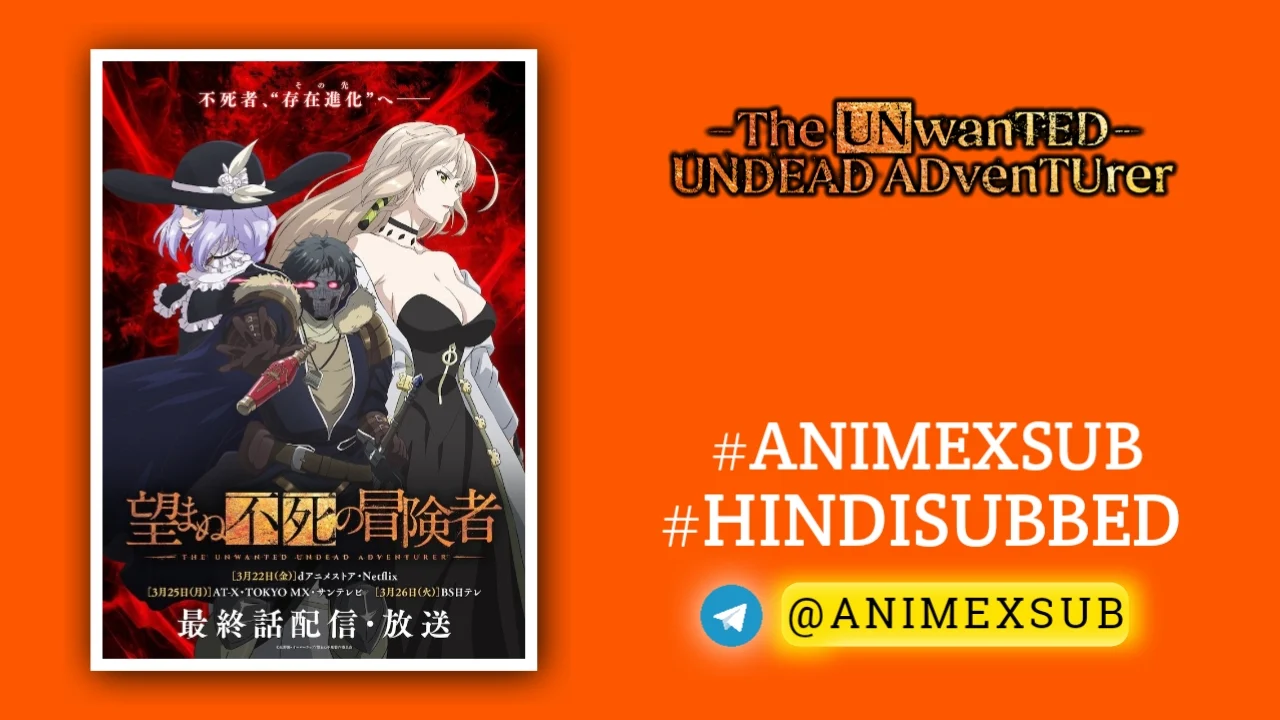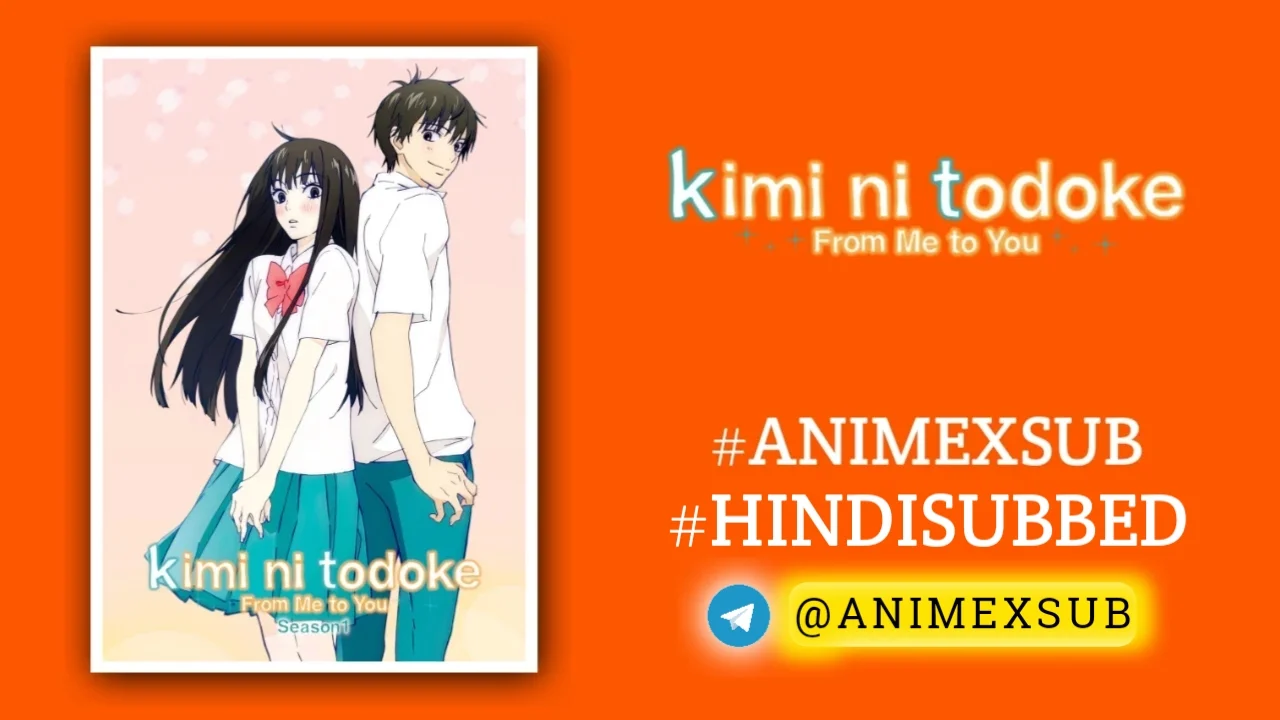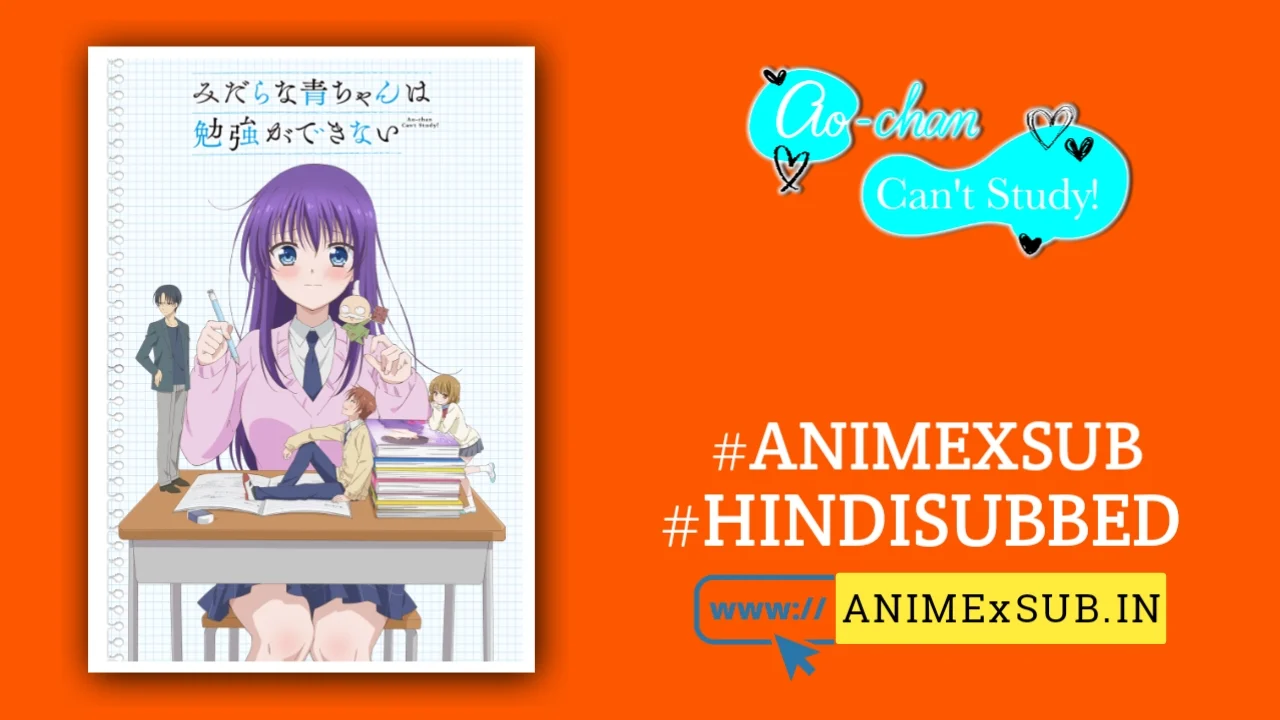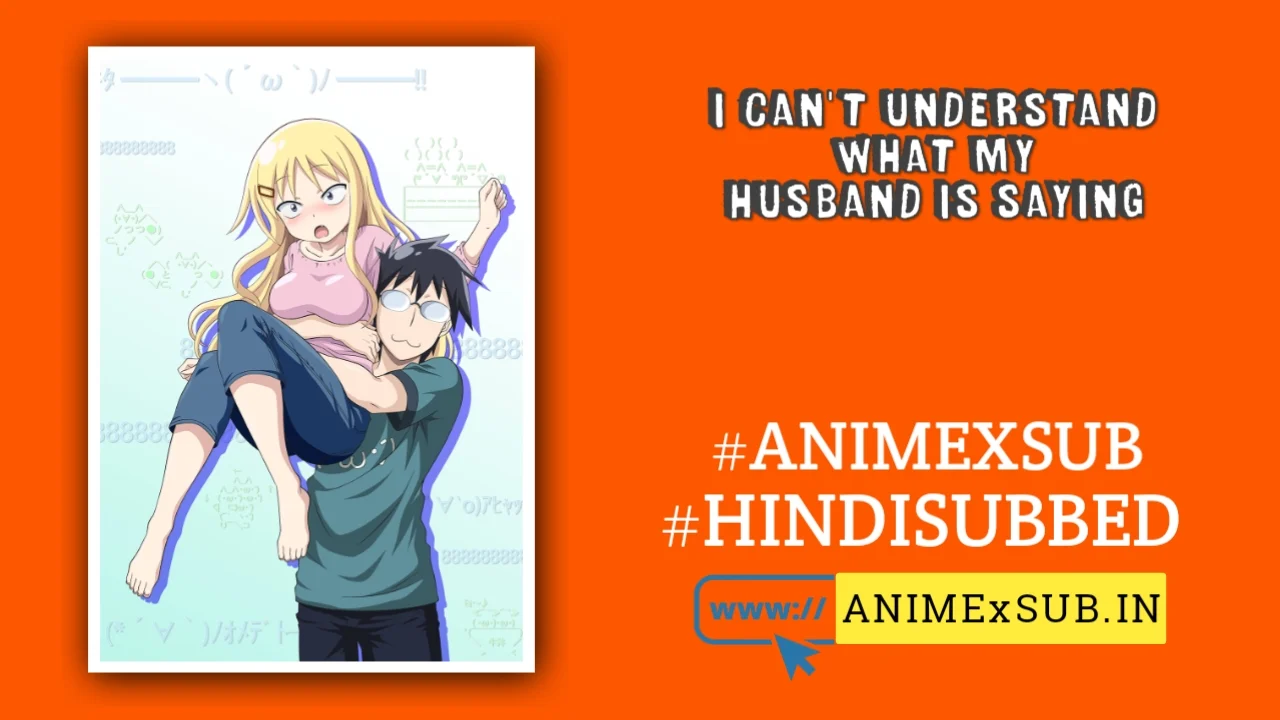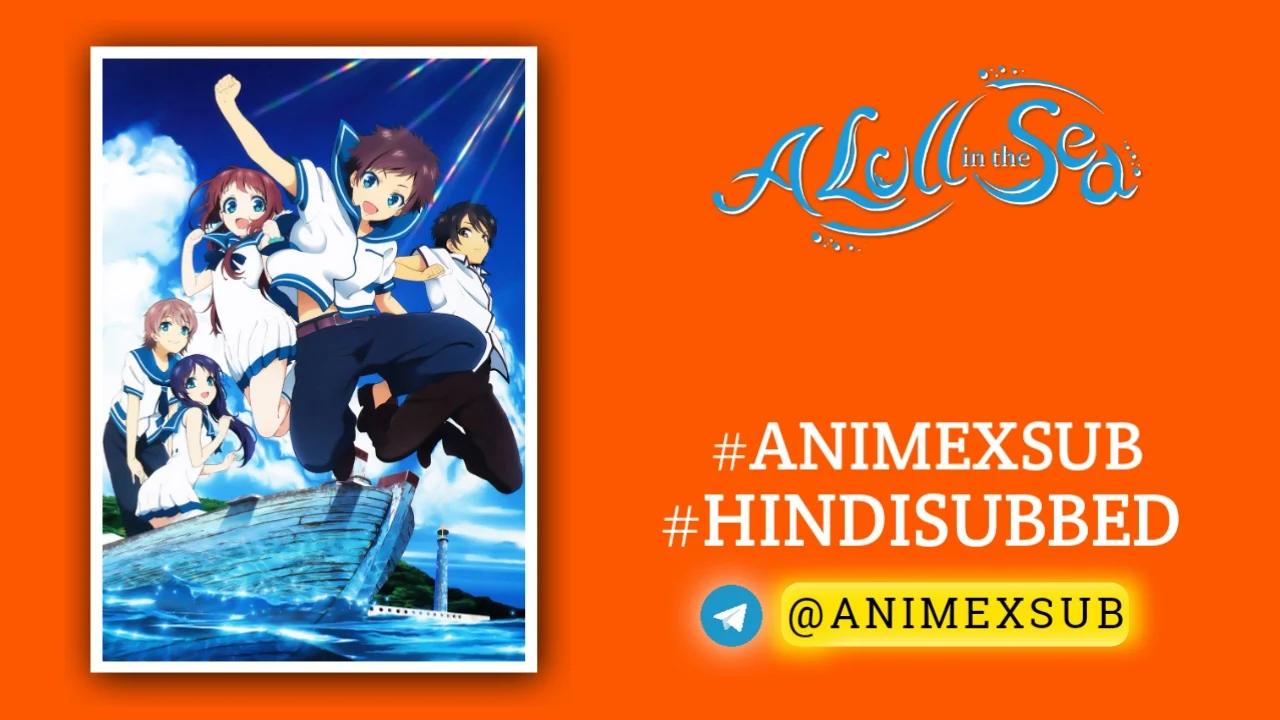
A Lull in the Sea Hindi Subbed [26/26] | Nagi no Asu kara Hindi Sub!!

Nagi no Asukara
A Lull in the Sea (Nagi-Asu: Nagi no Asukara)Synopsis
Since long ago, human civilization had lived on the ocean floor. However, there were many humans who wanted to live above the surface and they moved to land creating a fundamental separation between the two. After their school closes down, four 14-year-old middle school students from the sea village, Shioshishio, have to attend Mihama Middle School on the surface. What follows is their struggles to adjust to a new environment and the relationships between the sea and land people, while dealing with their own newfound feelings that have just started appearing with the end of their childhood. (Source: Wikipedia)
Watch Trailer
Characters
How To Download Tutorial
Nagi-Asu: A Lull in the Sea – Season 1: A Mesmerizing Dive into Love, Change, and the Depths of Human Connection
Nagi-Asu: A Lull in the Sea (known in Japan as Nagi no Asukara), a 2013 anime masterpiece by P.A. Works, is a spellbinding exploration of love, identity, and the inevitable tides of change. Spanning 26 episodes, Season 1 of this coming-of-age fantasy romance is a visually stunning, emotionally resonant journey that transcends the boundaries of its genre. With its unique premise, complex character dynamics, and profound thematic depth, A Lull in the Sea is not just an anime—it’s a transformative experience that lingers like the echo of waves against the shore. This review delves into why Season 1 stands as a next-level achievement in storytelling, animation, and emotional impact, offering insights that go beyond the surface to uncover the brilliance of this underappreciated gem.
A World Divided: The Premise That Sets the Stage
Imagine a world where humanity once thrived beneath the sea, gifted with a protective layer called Ena that allows them to breathe underwater and live in harmony with the ocean. Over time, some humans defied the Sea God, abandoning the depths for life on land, creating a schism between the sea dwellers of Shioshishio and the surface dwellers of Oshiooshi. This dichotomy forms the heart of A Lull in the Sea, a narrative that uses its fantastical setting to explore real-world themes of prejudice, cultural division, and the struggle to bridge gaps between opposing worlds.
The story follows four middle school students from Shioshishio—Hikari Sakishima, Manaka Mukaido, Chisaki Hiradaira, and Kaname Isaki—who are forced to attend Mihama Middle School on the surface after their underwater school closes. Joined by their land-dwelling friend Tsumugu Kihara, and later Miuna Shiodome and Sayu Hisanuma, these seven friends navigate the turbulent waters of adolescence, love, and societal tension. As they confront personal insecurities and a looming environmental calamity tied to the Sea God’s waning power, their journey becomes a poignant metaphor for growth and reconciliation.
What makes this premise so powerful is its seamless blend of fantasy and realism. The underwater village of Shioshishio, with its vibrant marine life and ethereal lighting, feels both otherworldly and intimately familiar, while the surface world mirrors our own with its mundane yet relatable struggles. This duality sets the stage for a narrative that is as much about personal evolution as it is about healing a fractured world.
A Love Polygon That Defies Convention
At its core, A Lull in the Sea is a romantic drama, but it’s far from a typical teen love story. The series crafts a complex “love polygon” that intertwines the emotions of its seven main characters, each grappling with unrequited feelings, jealousy, and the fear of change. Unlike many anime that rely on clichéd romantic tropes, Nagi-Asu treats love as a multifaceted force—beautiful, painful, and transformative.
Hikari, the hot-headed yet deeply caring protagonist, starts as an immature boy frustrated by the surface world’s prejudice against sea dwellers. His unspoken love for Manaka, the kind-hearted but indecisive girl at the group’s center, drives much of the early conflict. Meanwhile, Chisaki harbors feelings for Hikari, Kaname pines for Chisaki, and Tsumugu’s quiet fascination with Manaka adds layers of tension. Miuna and Sayu, initially peripheral, grow into pivotal figures whose own affections complicate the dynamic further. This intricate web of emotions feels authentic, capturing the messy, often unspoken nature of teenage love.
What elevates this love polygon is its refusal to prioritize one pairing over another too early. Writer Mari Okada, known for her emotionally raw scripts (Anohana, The Anthem of the Heart), masterfully balances each character’s perspective, ensuring that no one feels like a mere plot device. The relationships evolve organically, shaped by personal growth and external events, such as the Ofunehiki festival—a ritual meant to unite sea and surface—and a mid-season twist that reshapes the narrative in ways that defy prediction. This twist, which I’ll avoid spoiling, amplifies the stakes, forcing characters to confront not just their feelings but the very nature of change itself.
Characters That Breathe and Grow
The strength of A Lull in the Sea lies in its characters, who are flawed, relatable, and profoundly human despite their fantastical origins. Hikari, voiced with fiery intensity by Natsuki Hanae (Japanese) and Max Mittelman (English dub), undergoes one of the most compelling arcs in the series. His initial prejudice against surface dwellers and impulsive behavior make him frustrating, but his growth into a compassionate, self-aware leader is deeply satisfying. Manaka, voiced by Kana Hanazawa and Michelle Ruff, is more than the typical “genki girl”; her vulnerability and struggle to find her own agency add depth to her role as the emotional linchpin.
Chisaki and Kaname, portrayed by Ai Kayano and Ryota Osaka respectively, bring nuance to the group dynamic. Chisaki’s fear of change contrasts with her longing for stability, while Kaname’s quiet stoicism hides a well of unexpressed emotion. Tsumugu, the enigmatic land-dweller (voiced by Kaito Ishikawa and Chris Hackney), serves as a bridge between worlds, his curiosity about the sea mirroring the audience’s fascination. Miuna and Sayu, though younger, evolve from brash antagonists to empathetic figures whose own journeys mirror the older characters’.
Critics have noted that some characters, like Tsumugu and Kaname, can feel one-dimensional at times, lacking the same depth as Hikari or Chisaki. However, their roles as catalysts for others’ growth ensure they remain integral to the story. The ensemble cast, supported by stellar voice acting in both Japanese and English, brings authenticity to every tearful confession and heated argument, making each character’s arc a vital thread in the narrative tapestry.
Visual and Auditory Splendor
P.A. Works delivers some of its finest animation in A Lull in the Sea, creating a visual experience that is nothing short of breathtaking. The underwater sequences, with their interplay of light and shadow, capture the serene yet mysterious beauty of Shioshishio. The surface world, with its coastal landscapes and saltflake snow, feels equally alive, reflecting the emotional tone of each scene. Character designs by Buriki are expressive and distinct, with the sea dwellers’ blue eyes and Ena-covered skin setting them apart while maintaining a modern anime aesthetic.
The animation’s attention to detail—such as the way light filters through water or the delicate movements of sea creatures—enhances the storytelling, making the environment a character in its own right. The Blu-ray release, with its pristine 1.78:1 widescreen 1080p transfer, showcases these visuals in all their glory, with vibrant colors and sharp details that elevate the viewing experience.
The soundtrack, composed by Evan Call, is a perfect complement, blending orchestral and acoustic elements to evoke the ebb and flow of the ocean. The opening themes, “lull ~Soshite Bokura wa~” and “Ebb and Flow” by Ray, capture the series’ emotional highs, while Nagi Yanagi’s ending themes, “Aqua Terrarium” and “Mitsuba no Musubime,” add a hauntingly beautiful close to each episode. The music underscores the theme of change, with motifs that evolve alongside the characters, ensuring that every moment hits with maximum emotional impact.
Themes That Resonate Across Time
At its heart, A Lull in the Sea is about change—how it shapes us, challenges us, and ultimately defines us. The series explores this through personal growth, societal conflict, and environmental metaphors. The tension between sea and surface dwellers mirrors real-world issues of prejudice and cultural misunderstanding, with characters like Hikari confronting their biases head-on. The Ofunehiki festival, meant to restore balance to the Sea God’s power, becomes a symbol of unity, highlighting the potential for reconciliation even in a divided world.
The mid-season twist, which shifts the narrative dramatically, amplifies the theme of change, forcing characters to grapple with loss and adaptation in ways that feel both poetic and grounded. The title itself, A Lull in the Sea, reflects the tension between stagnation and transformation, as the still, frozen sea contrasts with the characters’ evolving lives. This thematic depth, paired with Mari Okada’s intricate script, elevates the series beyond typical slice-of-life or romance anime, making it a profound meditation on the human condition.
Why It’s Next-Level
A Lull in the Sea Season 1 is a triumph because it dares to be ambitious. It takes the familiar trappings of a teen drama—school rivalries, unrequited love, coming-of-age struggles—and infuses them with a fantastical premise that amplifies their emotional weight. The series balances its large cast without losing focus, weaving their stories into a cohesive narrative that feels both intimate and epic. Its animation and music are not just technically impressive but emotionally resonant, enhancing every scene’s impact.
What sets it apart is its refusal to shy away from complexity. The love polygon doesn’t resolve neatly, reflecting the messiness of real relationships. The societal conflicts don’t have easy answers, mirroring the challenges of bridging cultural divides. And the fantastical elements, from the Ena to the Sea God’s curse, serve as metaphors for universal truths about growth and connection. This is an anime that respects its audience, trusting them to navigate its emotional depths without hand-holding.
Critiques and Considerations
No series is without flaws, and A Lull in the Sea has its share. The pacing can feel uneven, particularly in the first half, where the focus on teenage melodrama occasionally overshadows the broader narrative. Some viewers may find the characters’ initial immaturity frustrating, though this is intentional and pays off as they grow. The fantastical elements, while poetic, can sometimes lack clarity, particularly regarding the Sea God’s mythology, which may leave some questions unanswered.
Additionally, the series’ emotional intensity may not suit viewers who prefer faster-paced or action-oriented anime. As one reviewer noted, it’s better consumed in small doses rather than binged, as its sweetness can be overwhelming. However, these minor issues do little to detract from the series’ overall impact, especially for those who connect with its themes and characters.
A Call to Dive In
Nagi-Asu: A Lull in the Sea Season 1 is a rare anime that combines breathtaking visuals, a stirring soundtrack, and a story that resonates on both personal and societal levels. It’s a love letter to the beauty of change, the pain of growth, and the enduring power of connection. Whether you’re drawn to its romantic drama, its fantastical world-building, or its exploration of human emotions, this series offers something profound for every viewer.
Available on platforms like Crunchyroll and Amazon Prime Video, A Lull in the Sea is a must-watch for anime fans seeking a story that challenges conventions and leaves a lasting impact. As one fan put it, “This story was absolutely gripping and I didn’t want it to end”. So, take the plunge into Shioshishio’s depths—you’ll emerge changed, with a heart full of wonder and a new appreciation for the tides that shape us all.
Rating: 9/10
A visually stunning, emotionally rich masterpiece that redefines what a coming-of-age anime can be. A Lull in the Sea is a wave worth riding.






















